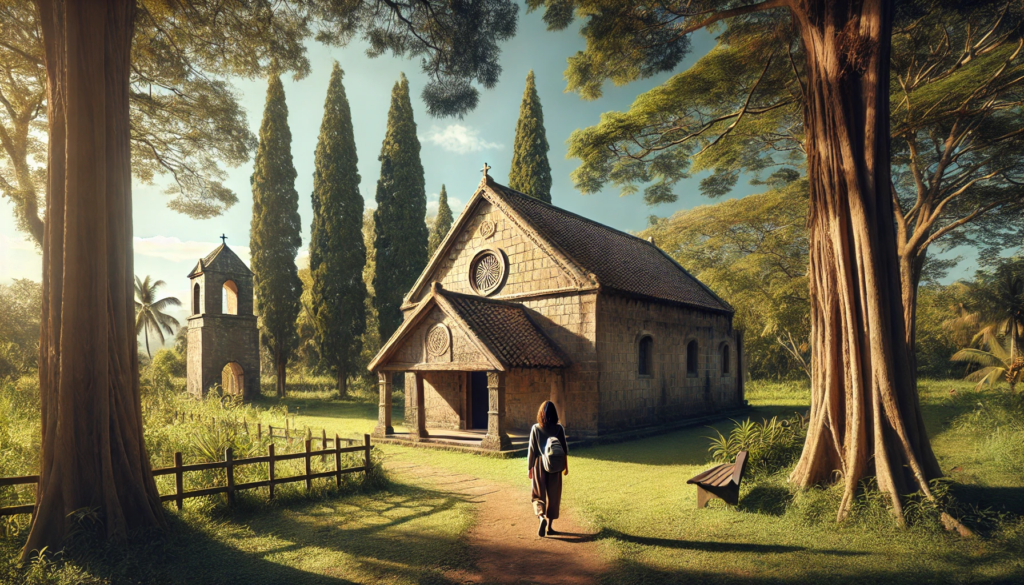ChatGPT:
In anticipation of the 2025 Jubilee, with millions of pilgrims expected in Rome, the article suggests escaping the inevitable crowds by visiting the city’s oldest “paleo-Christian” churches. Built between the fourth and fifth centuries—during Rome’s transition from pagan empire to Christian center—these churches still preserve much of their original structure, mosaics, and layout. The author explores five in particular:
1. Santo Stefano Rotondo (mid-fifth century): A circular church near the Colosseum distinguished by its concentric columns and once-luminous interior. Although many of its windows are blocked today, its ancient geometry and austere décor evoke early Christian worship.
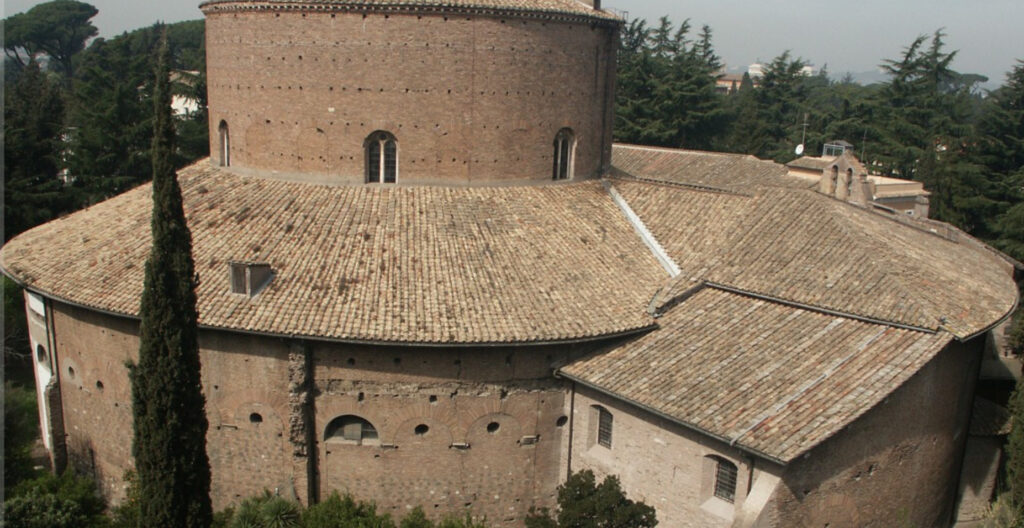
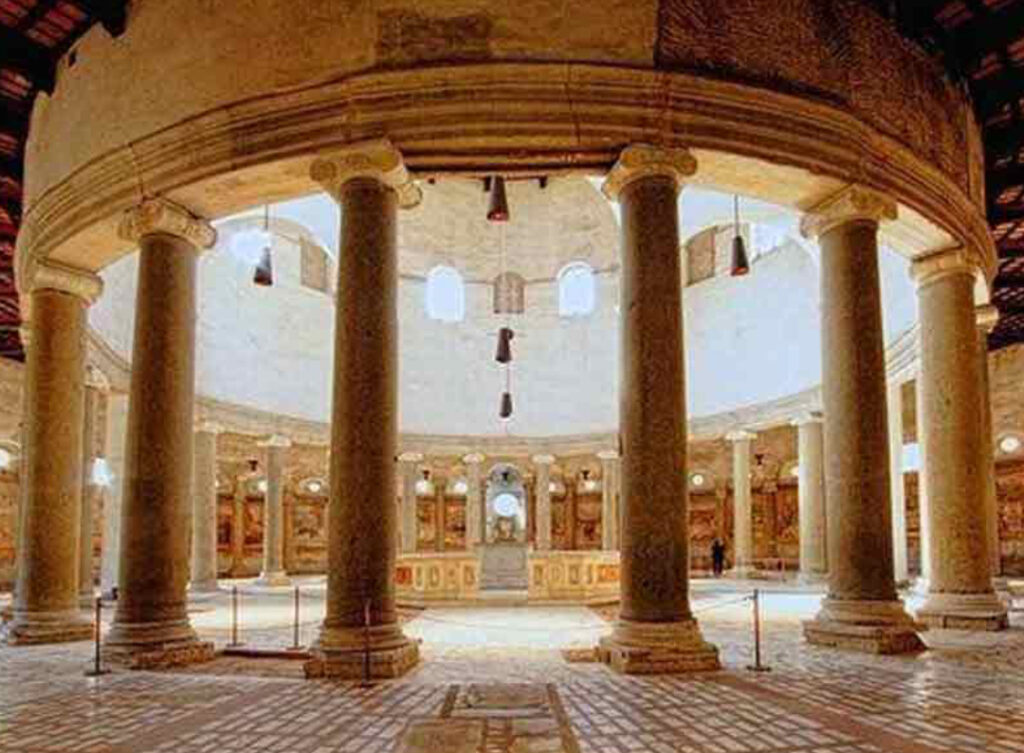
2. Santa Sabina (early fifth century): Perched on the Aventine Hill, it is considered the best-preserved paleo-Christian basilica. The original cypress doors (thought to contain one of the oldest crucifixion scenes) and the shimmering selenite windows showcase the art and architecture of the period, emphasizing light and spaciousness over heavy ornament.
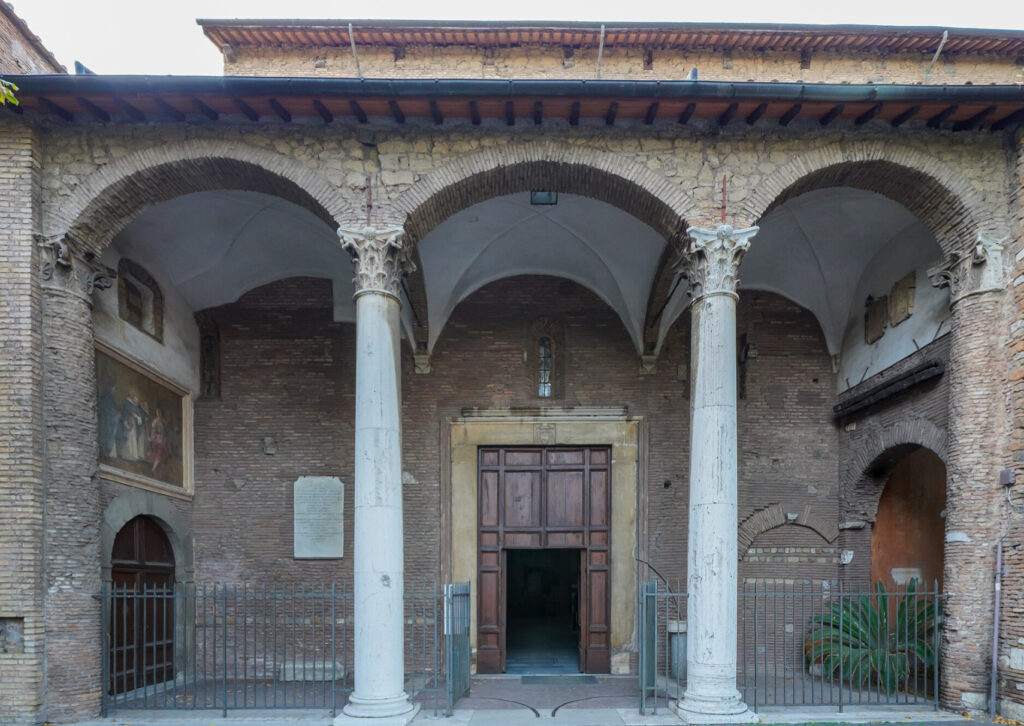
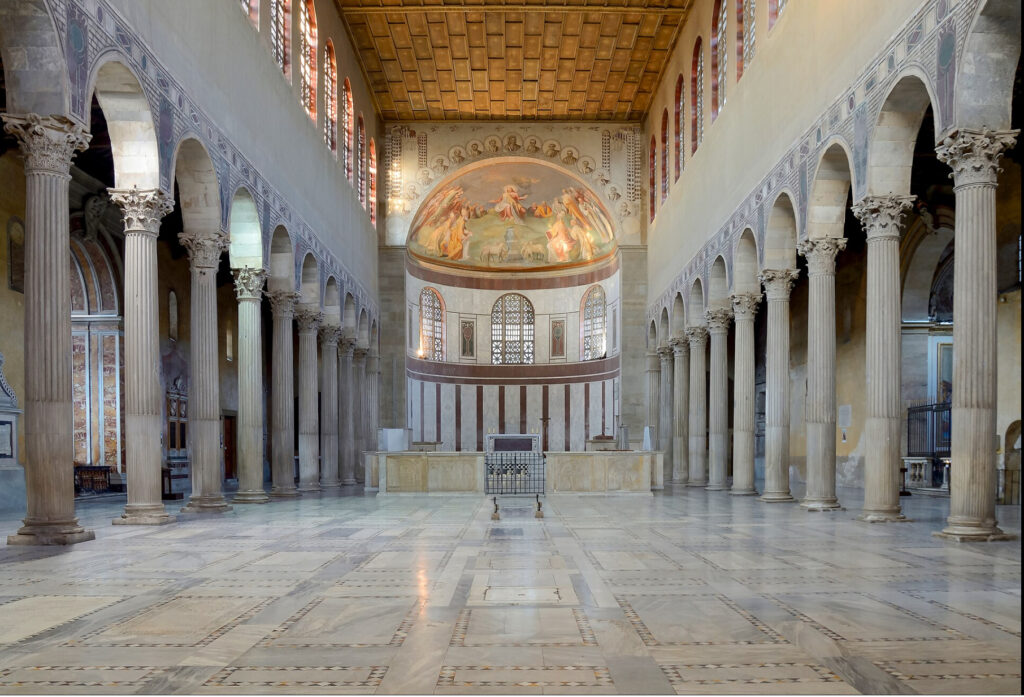
3. Santa Pudenziana (late fourth century): Built atop the home of martyred noblewomen, it features what is often called Rome’s oldest Christian mosaic in the apse: a vivid portrayal of Christ and the apostles amid late Imperial imagery, despite some 19th-century restorations.
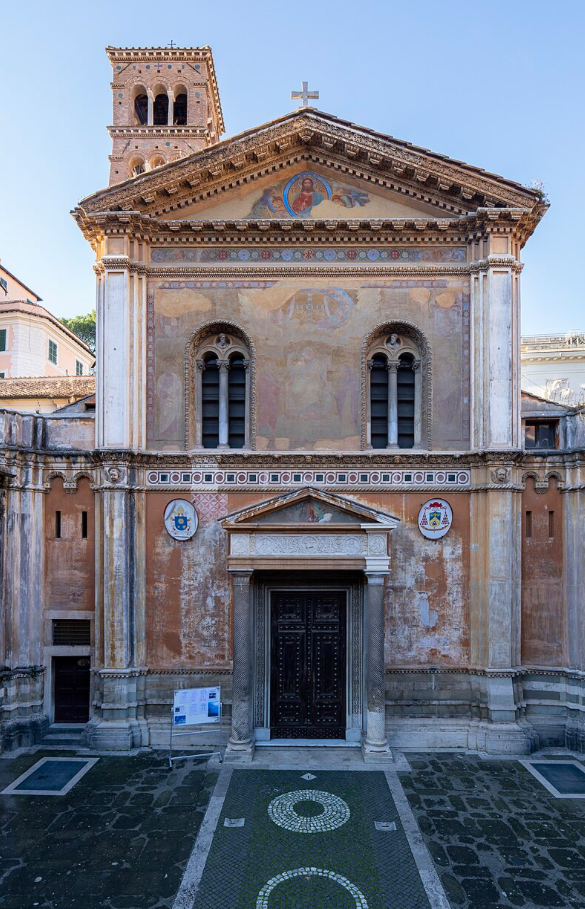
4. Santa Maria Maggiore (fifth century): One of Rome’s four major papal basilicas. Notable for its fifth-century mosaics—27 Old Testament scenes and a triumphal arch depicting Mary as a Roman empress—this church merges Imperial iconography with early Christian symbolism.
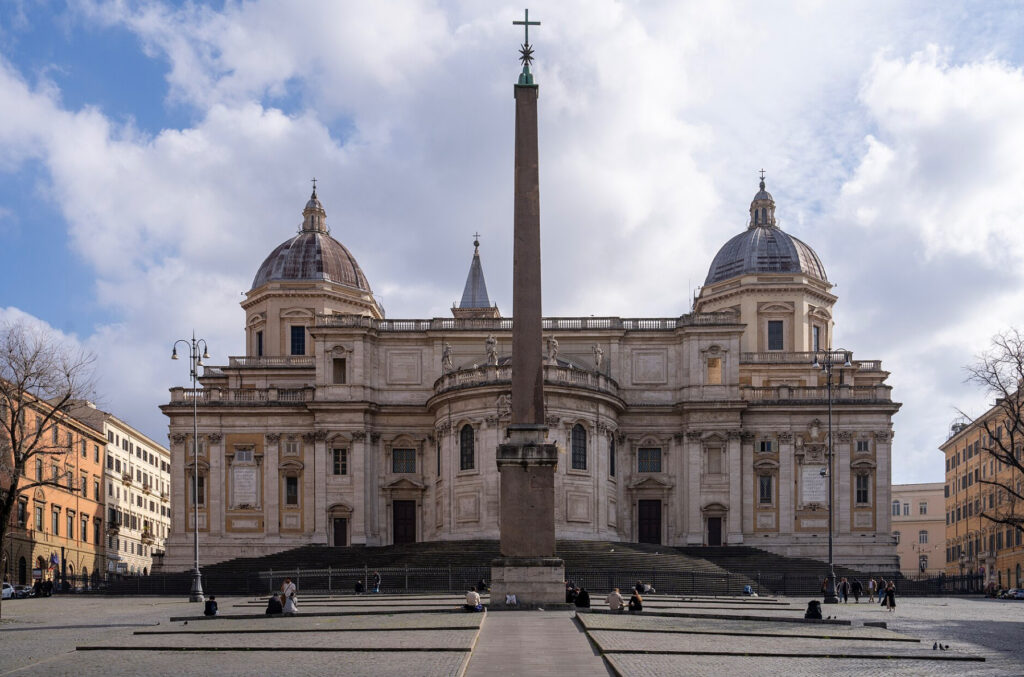
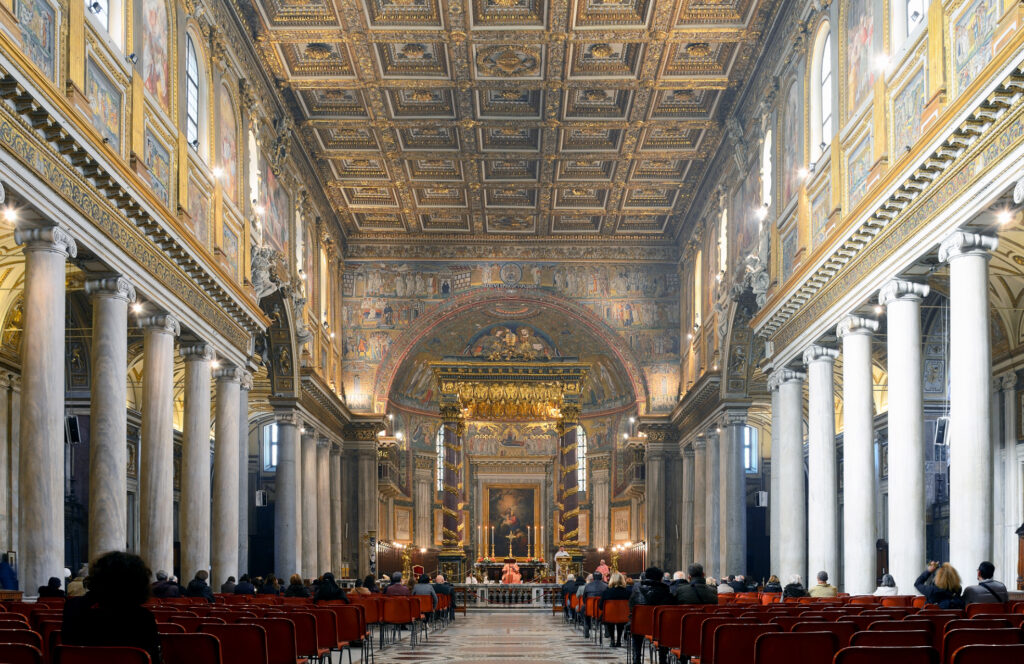
5. San Paolo fuori le Mura (St. Paul’s Outside the Walls): Another major basilica whose design may most closely resemble the large public halls (basilicas) of the Roman Empire. Its soaring granite columns and bright interior illustrate how early Christians adapted monumental civic architecture into grand gathering places for worship.
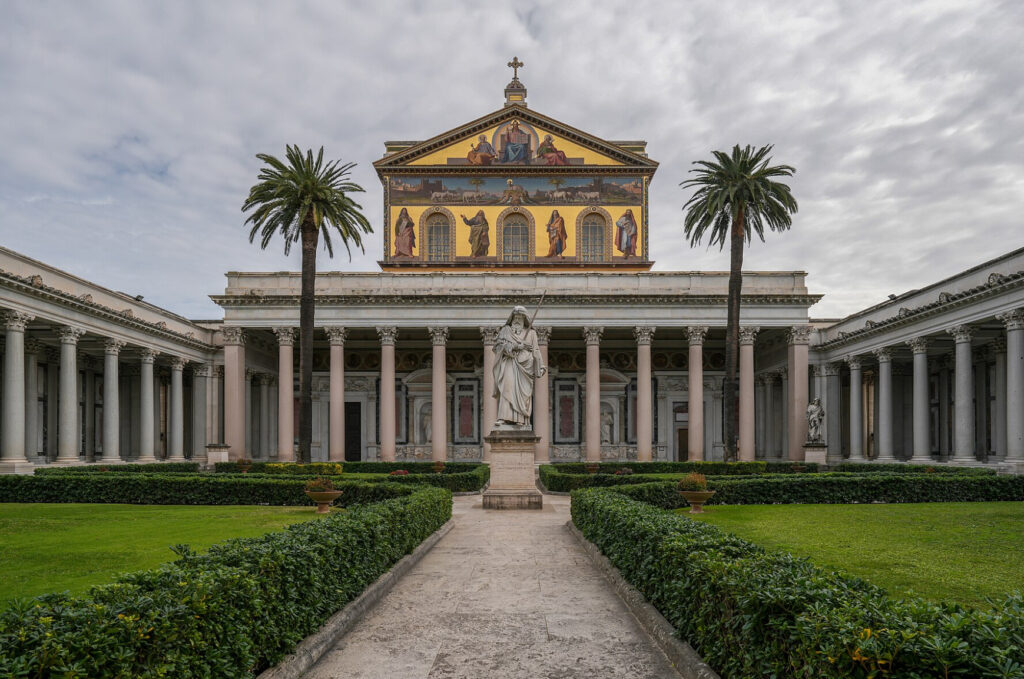
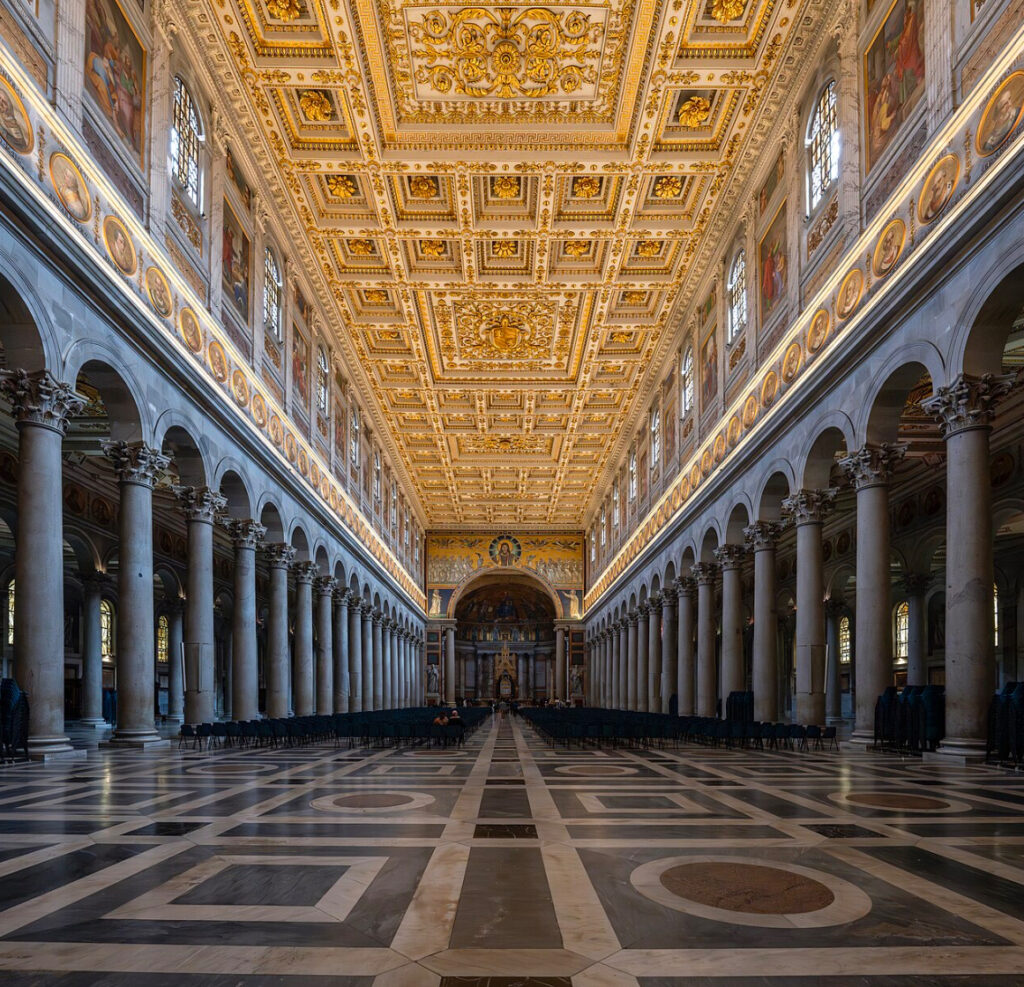
Overall, these five paleo-Christian churches provide a more tranquil and historically resonant alternative to Rome’s larger, busier holy sites. They offer visitors a chance to glimpse the early centuries of Christian Rome—where ancient imperial grandeur merged with the spiritual imagination of a burgeoning faith.
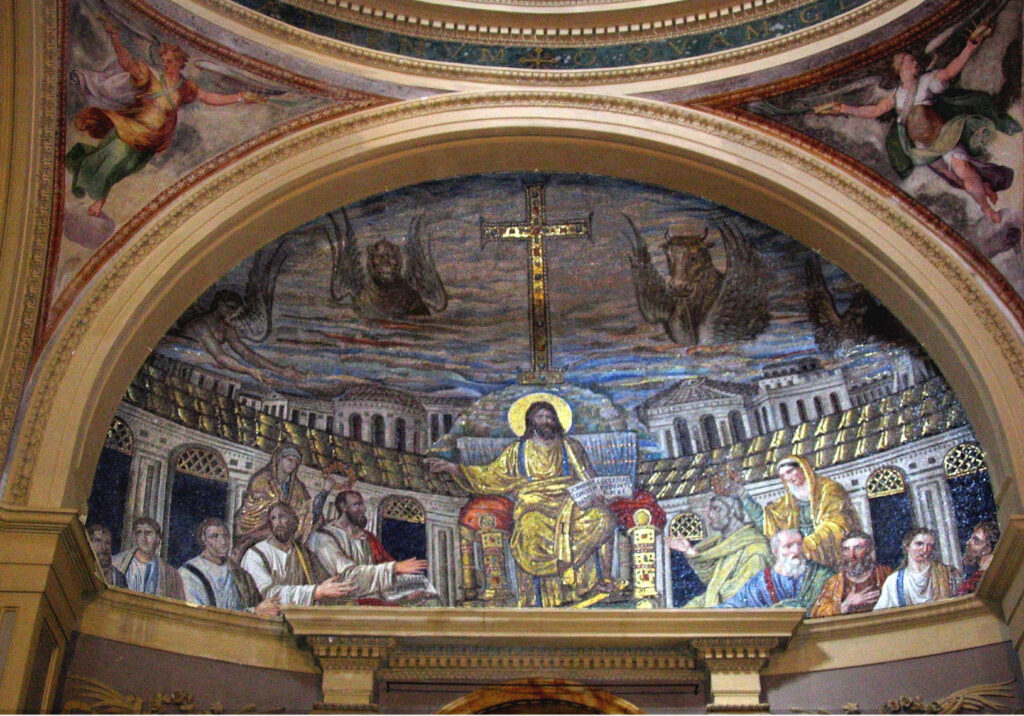
A Paleo-Christian Basilica refers to one of the earliest forms of Christian church architecture, developed primarily between the 4th and 6th centuries—roughly from the time of Emperor Constantine’s legalization of Christianity in 313 A.D. through the end of the Western Roman Empire.
Key points include:
1. Origins in Roman Civic Architecture
• The term “basilica” originally described large, rectangular public halls used in the Roman Empire for law courts, business, and government.
• Early Christians repurposed the basilica’s spacious interior design—well suited to large congregations—to serve as their main worship spaces, rather than using the smaller, cella-centered pagan temples.
2. Layout and Structural Elements
• Nave and Aisles: A central nave flanked by side aisles, separated by rows of columns.
• Apse: A semicircular (or sometimes rectangular) recess at one end where the altar is placed.
• Entrance: Typically moved to the short wall opposite the apse, so that worshipers entering would process down the length of the nave toward the altar (in contrast to Roman civic basilicas, which usually opened along the long side).
• Clerestory Windows: High windows above the side aisles to allow natural light into the nave.
3. Decoration and Materials
• Interiors often featured mosaics, frescoes, and sometimes spolia (reused architectural elements from older Roman buildings).
• Early basilicas tended to have simpler, more austere facades compared to later periods, though they often contained high-quality marble or finely carved stone columns inside.
4. Examples in Rome
• Santa Sabina on the Aventine Hill, with its original 5th-century wooden doors and selenite windows.
• Santa Maria Maggiore, a 5th-century papal basilica noted for its mosaic cycle depicting Old Testament scenes and Christian iconography.
• San Paolo fuori le Mura (St. Paul’s Outside the Walls), which preserves the majestic scale and layout characteristic of imperial-era basilicas.
Overall, the Paleo-Christian Basilica marks the architectural shift from secret or modest Christian worship spaces (such as house churches) toward the large-scale public structures that would become the standard model for Christian churches in subsequent centuries.
Two of the most commonly cited candidates for “older than the fourth- and fifth-century churches” are:
1. The Archbasilica of St. John Lateran (San Giovanni in Laterano)
• Founded by Emperor Constantine and dedicated in 324 A.D., this is the oldest public church in Rome and the official cathedral of the Pope as Bishop of Rome.
2. Santa Maria in Trastevere
• Tradition holds that a house-church existed here as early as the late 2nd or early 3rd century, though the main structure we see today was largely rebuilt in the 12th century.
More Detail
1. Archbasilica of St. John Lateran
• Often called the “mother church” of the Roman Catholic faithful, San Giovanni in Laterano was built on land donated by Emperor Constantine in the early 4th century.
• It was dedicated in 324 A.D., making it older than many “paleo-Christian” basilicas that date from the later 4th or 5th century.
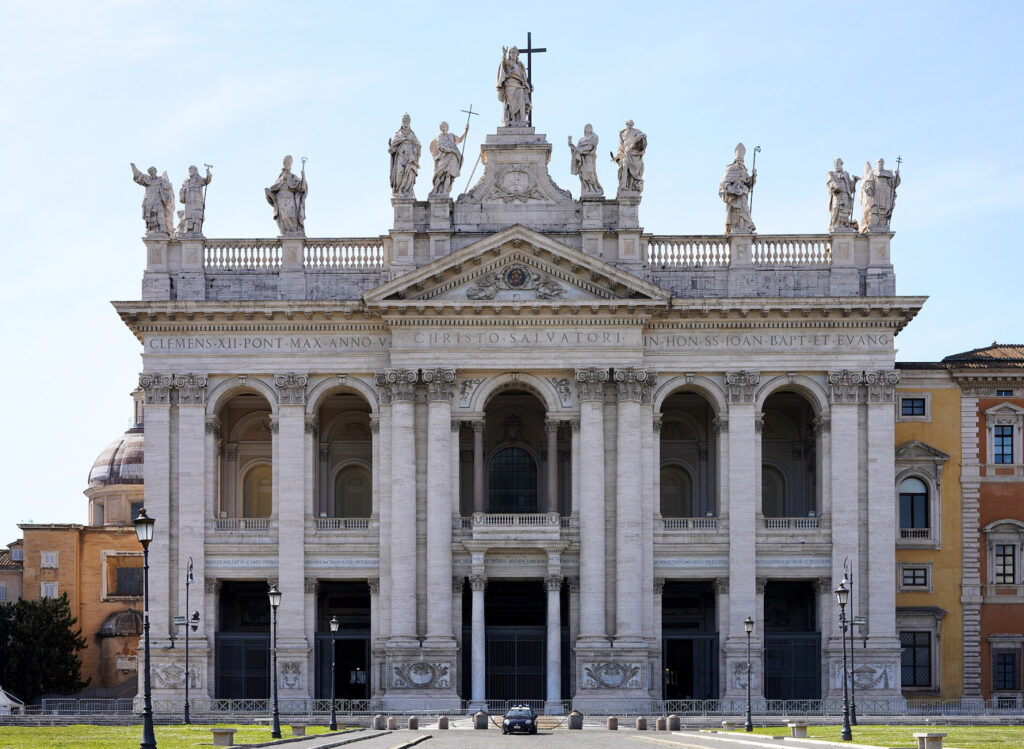
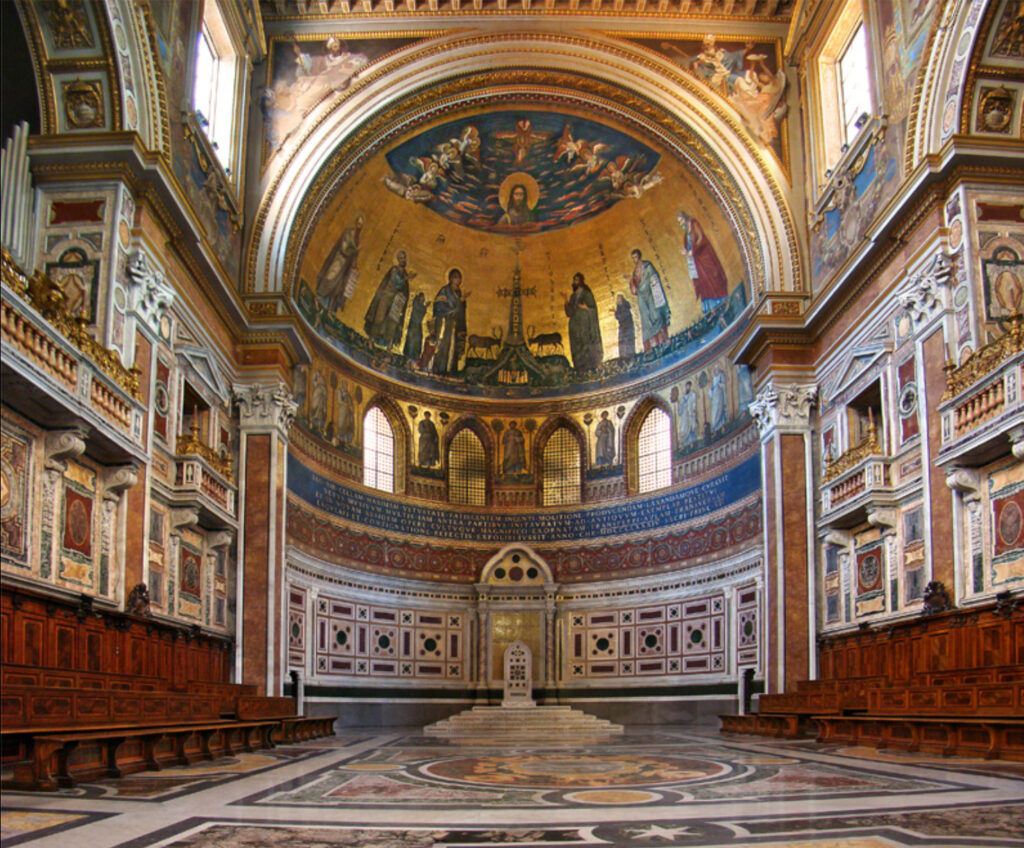
2. Santa Maria in Trastevere
• While the present appearance of Santa Maria in Trastevere is predominantly medieval (owing to a major 12th-century reconstruction), the church is believed to have origins going back to Pope Callixtus I (217–222 A.D.) or, at the latest, Pope Julius I (337–352 A.D.).
• Even if parts of its earliest structure are obscured by later renovations, the site itself is frequently cited as among the first official Christian worship spaces in Rome.
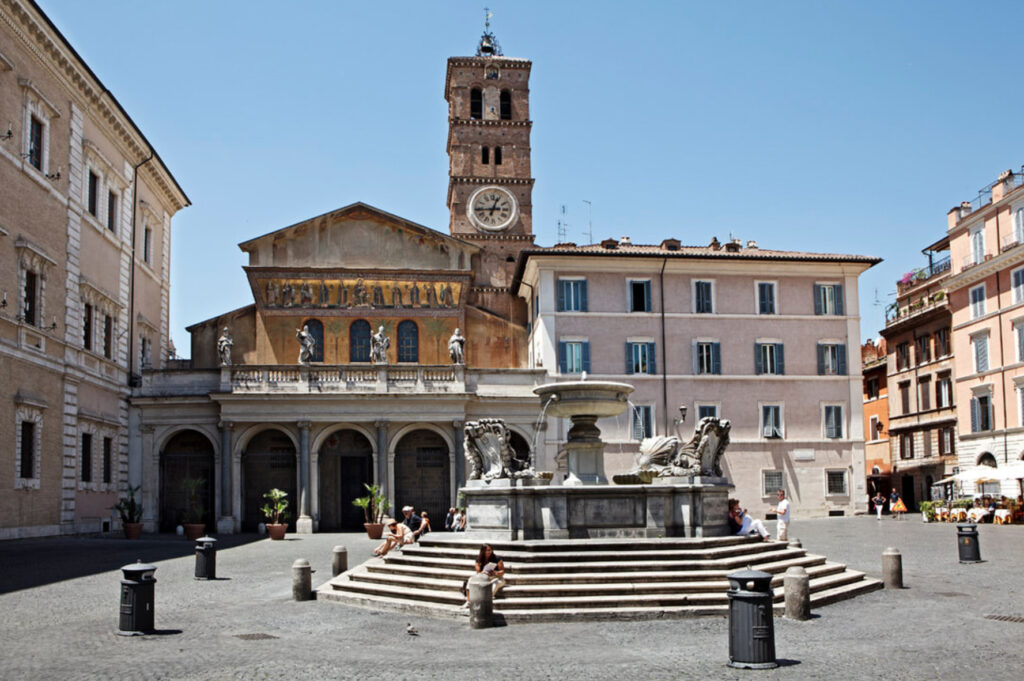
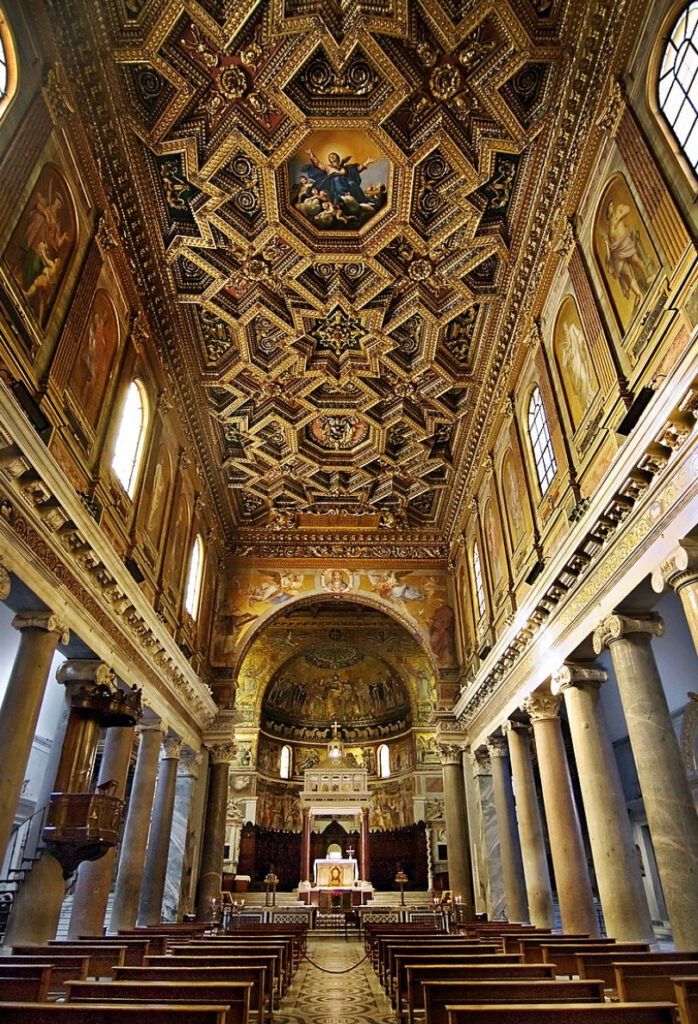
3. House-Churches and Early Sites
• Before the Edict of Milan (313 A.D.), Christian worship was typically conducted in homes (so-called “house-churches”) or private halls.
• Some of these sites underlie later basilicas or churches (for example, San Clemente has multiple layers dating back to the 1st century). But as far as purpose-built Christian churches go, Constantine’s era marks the turning point from covert or modest Christian spaces to large, state-sponsored basilicas.
In short, while the paleo-Christian basilicas mentioned (e.g., Santo Stefano Rotondo, Santa Pudenziana, Santa Sabina) are indeed very old—and remarkably well-preserved—St. John Lateran and the site of Santa Maria in Trastevere can lay claim to even earlier Christian worship or construction dates.
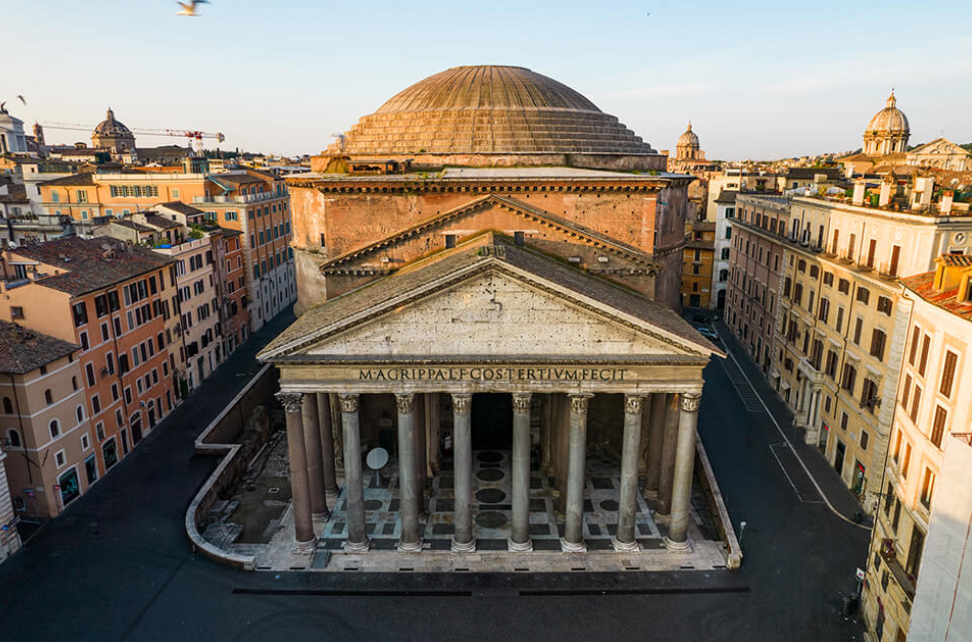
The Pantheon is physically older than any of Rome’s early Christian basilicas—its current structure dates to around 125 A.D. under Emperor Hadrian. However, it did not become a Christian church until 609 A.D., when Pope Boniface IV consecrated it as Santa Maria ad Martyres (St. Mary and the Martyrs). In other words, as a building, it’s older than nearly every other church in Rome, but as a Christian place of worship, its origins are later than many 4th- and 5th-century paleo-Christian basilicas.
More Detail
1. Origins as a Pagan Temple
• The Pantheon was originally built around 27–25 B.C. by Marcus Agrippa.
• The structure we see today is largely Emperor Hadrian’s rebuilding (circa 125 A.D.).
• It served as a temple “to all gods,” hence the name “Pantheon.”
2. Conversion to a Christian Church
• By the early 7th century, the Pantheon had ceased functioning as a pagan temple.
• In 609 A.D., Pope Boniface IV received permission from the Byzantine emperor Phocas to convert the building into a Christian church.
• He consecrated it as Santa Maria ad Martyres (also called Santa Maria Rotonda), dedicating it in honor of the Virgin Mary and all Christian martyrs.
3. Comparing Construction vs. Consecration
• As a physical structure, the Pantheon predates the era of Constantine (4th century), when Christianity was legalized.
• However, many paleo-Christian basilicas (Santa Sabina, Santa Pudenziana, etc.) were built as churches in the 4th or 5th centuries—well before the Pantheon’s Christian consecration in 609.
• Thus, even though the Pantheon is far older in its bricks and mortar, it’s “younger” in its Christian use compared to churches that started life as Christian places of worship in the 300s or 400s.
4. Current Role and Significance
• Today, the Pantheon remains an active Catholic church and also one of the best-preserved monuments of ancient Rome.
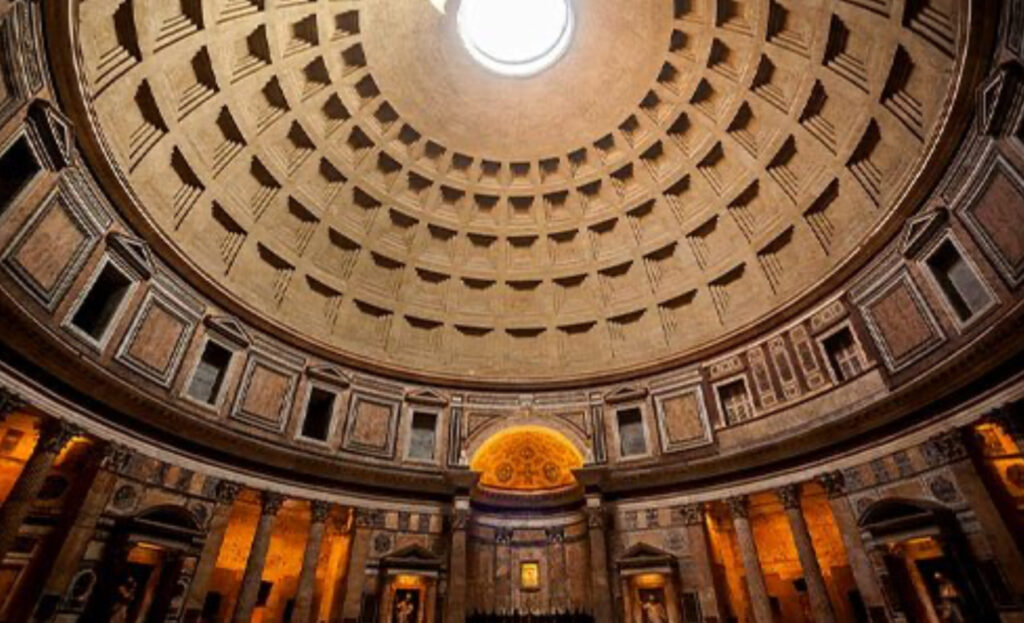
Overview
San Clemente in Rome is renowned not just for its present 12th-century basilica, but for the multi-layered complex beneath it—remnants of a 4th-century Christian basilica and, below that, 1st-century Roman buildings (including a Mithraic temple). This vertical layering reveals centuries of architectural styles and religious history all in one site. Yet the upper church alone—what visitors see above ground—presents a rich tapestry of medieval design blended with elements adapted from much earlier structures.
Key Architectural Features
1. Three-Tiered Complex
• Subterranean Layers:
• 1st-Century Roman Structure: Includes a house (domus) and a Mithraic worship area.
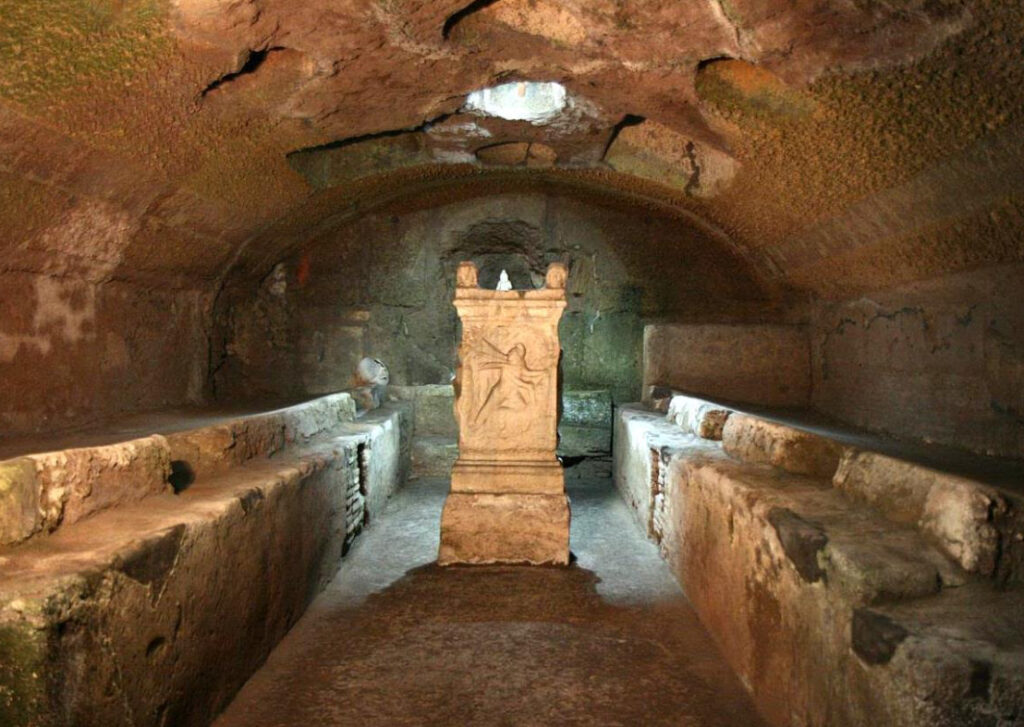
• 4th-Century Basilica: One of Rome’s earliest Christian worship spaces, built directly above the Roman remains.
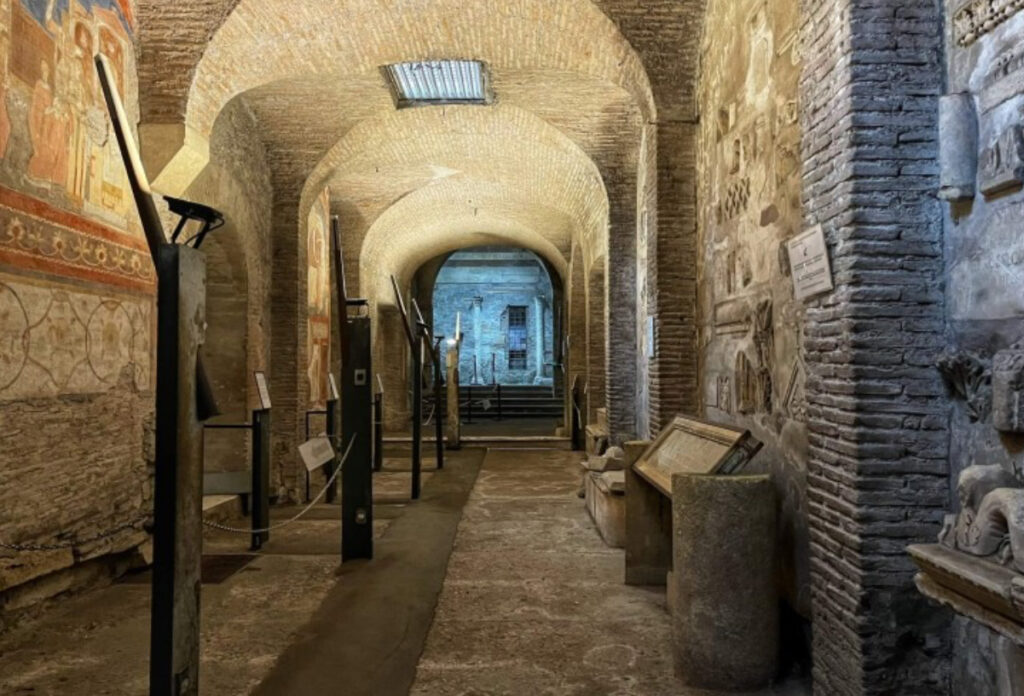
• 12th-Century Church: The current basilica stands on top of the earlier layers.
• Architectural Continuity: Each level was partially reused or adapted for the construction above, illustrating how Romans continually built atop older structures.
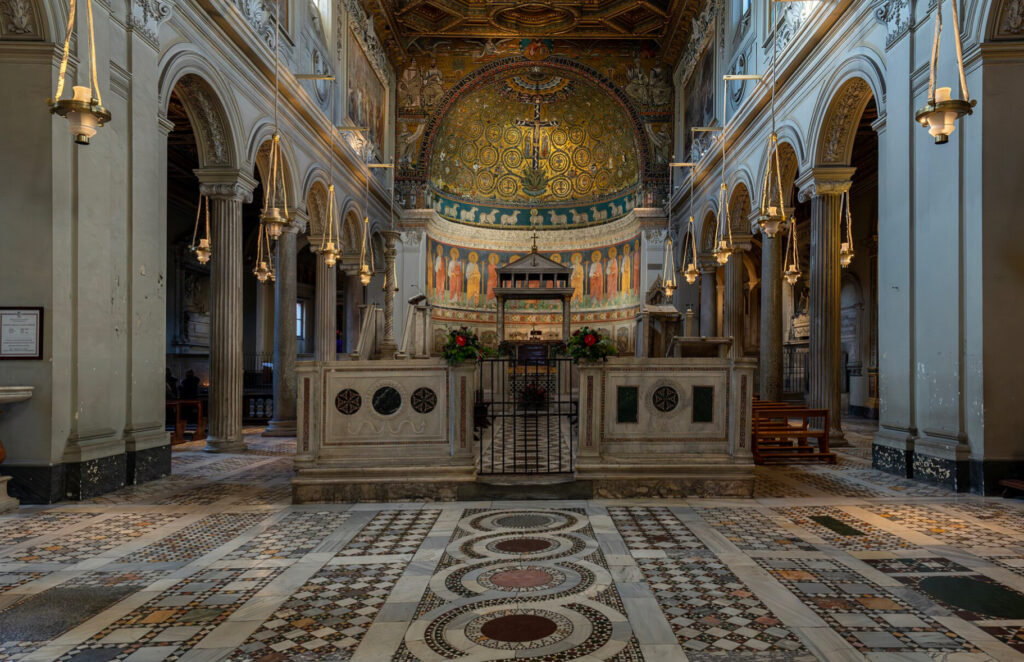
2. Typical Medieval Basilica Plan
• Nave and Side Aisles: The interior of the upper church follows the classic rectangular layout, with a wide central nave flanked by lower side aisles.
• Columns: Many columns are spolia (reused from older Roman buildings), reflecting medieval Rome’s common practice of recycling ancient materials.
3. Cosmatesque Decoration
• Cosmatesque Floors: Named after the Cosmati family of marble workers who specialized in intricate geometric inlays. San Clemente’s floor features multicolored marble patterns forming interlocking designs.
• Cosmatesque Pulpit and Choir Screens: The schola cantorum (choir enclosure) and pulpits also display the same detailed mosaic inlay.
4. Schola Cantorum
• Enclosed Choir Area: In front of the altar, the low marble screens demarcate a liturgical choir space, a common feature in early medieval churches.
• Spolia Elements: Some of the columns, capitals, and marble panels here originate from older structures.
5. Apse Mosaic
• Tree of Life Motif: A stunning 12th-century mosaic depicting a crucifixion scene where the Cross is rendered as a life-giving “tree,” sprouting vines that curl around animals, birds, and human figures.
• Medieval Iconography: The mosaic blends biblical themes with the decorative traditions of the period—gold backgrounds, vibrant tesserae, and stylized figures.
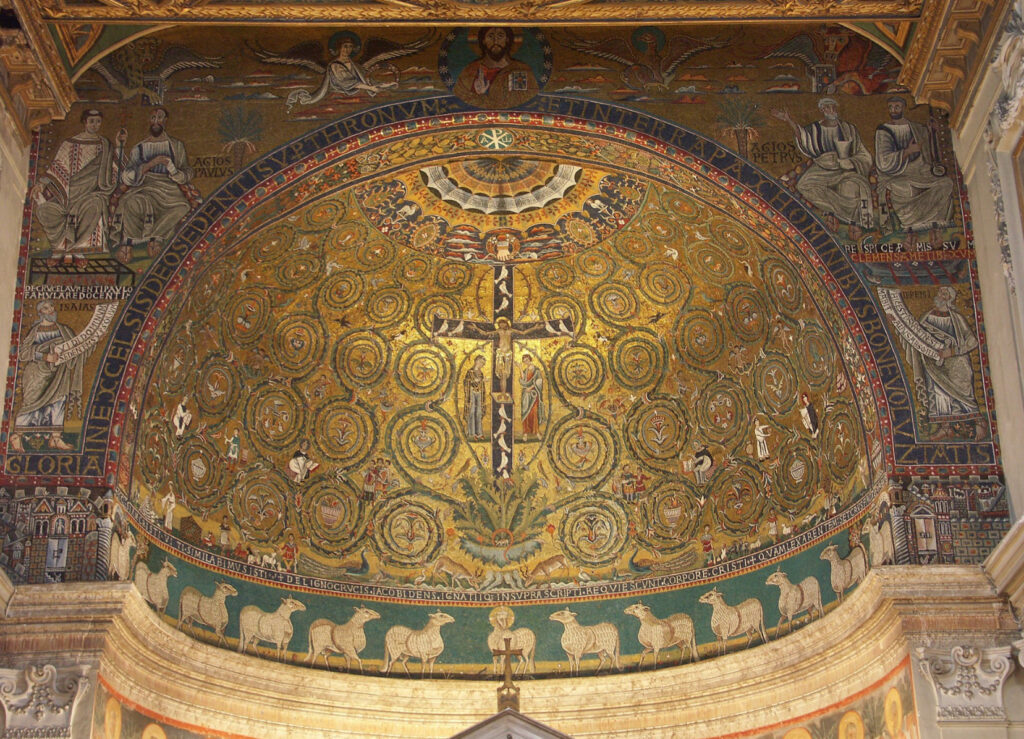
6. Baldacchino (Ciborium)
• Medieval Canopy: A 12th- or 13th-century structure of marble columns and arches over the main altar.
• Symbolic Emphasis: Elevates the altar visually and liturgically, drawing attention to the Eucharistic center of worship.
7. Courtyard (Atrium)
• Historical Remnant: Many early Christian basilicas in Rome originally featured a forecourt or atrium. San Clemente’s present courtyard, while not fully original, evokes that traditional transitional space between city streets and sacred interior.
Why It’s Architecturally Significant
• Layered History: Few churches illustrate Rome’s continuous architectural evolution as clearly as San Clemente, with each layer telling its own story of worship and adaptation.
• Medieval Synthesis: The upper basilica masterfully incorporates older Roman materials (spolia), Cosmatesque craftsmanship, and medieval Christian iconography.
• Mosaic Artistry: The apse mosaic is among the finest examples of 12th-century Roman mosaic work, showcasing themes and techniques that bridge Byzantine influence and Western medieval traditions.
In sum, San Clemente is a microcosm of Roman history, layered both physically and stylistically. From the subterranean Roman-era ruins to the medieval mosaics above, its architecture highlights the city’s extraordinary capacity for reinvention over nearly two millennia.
